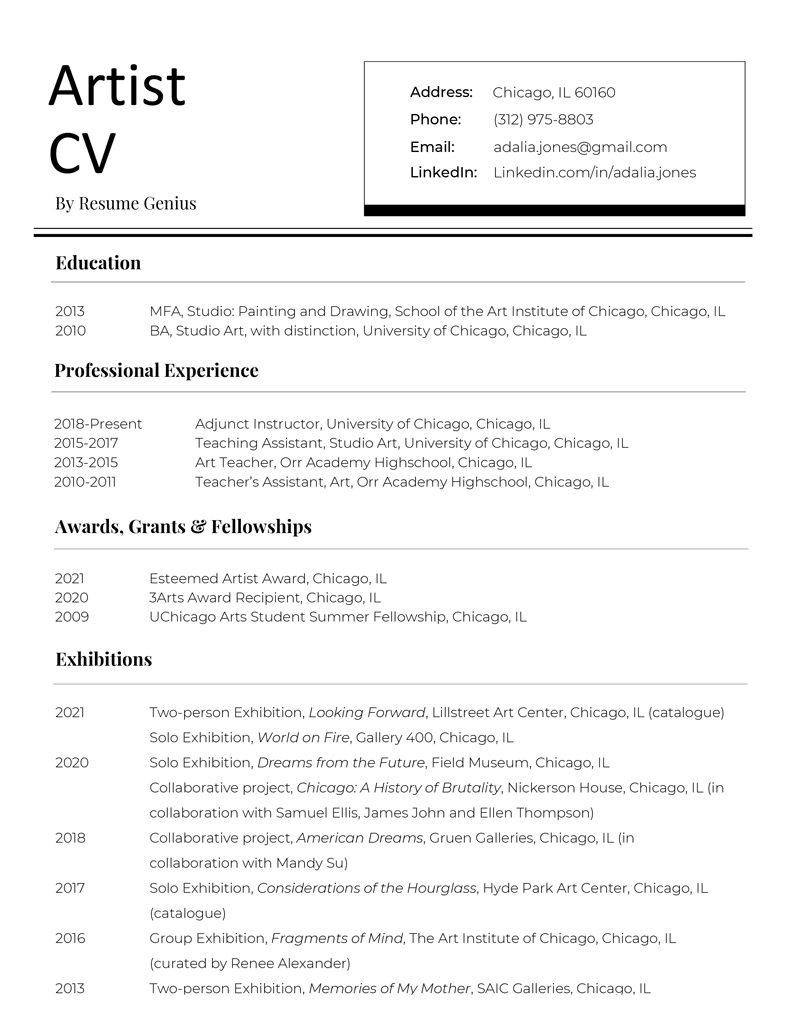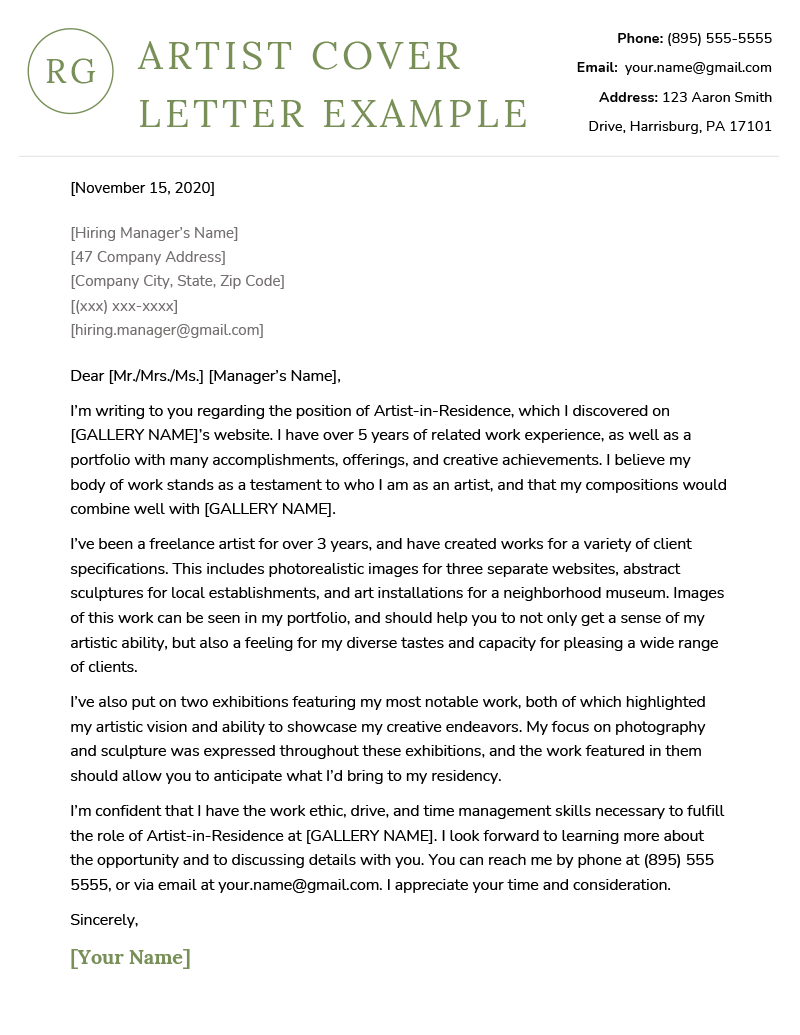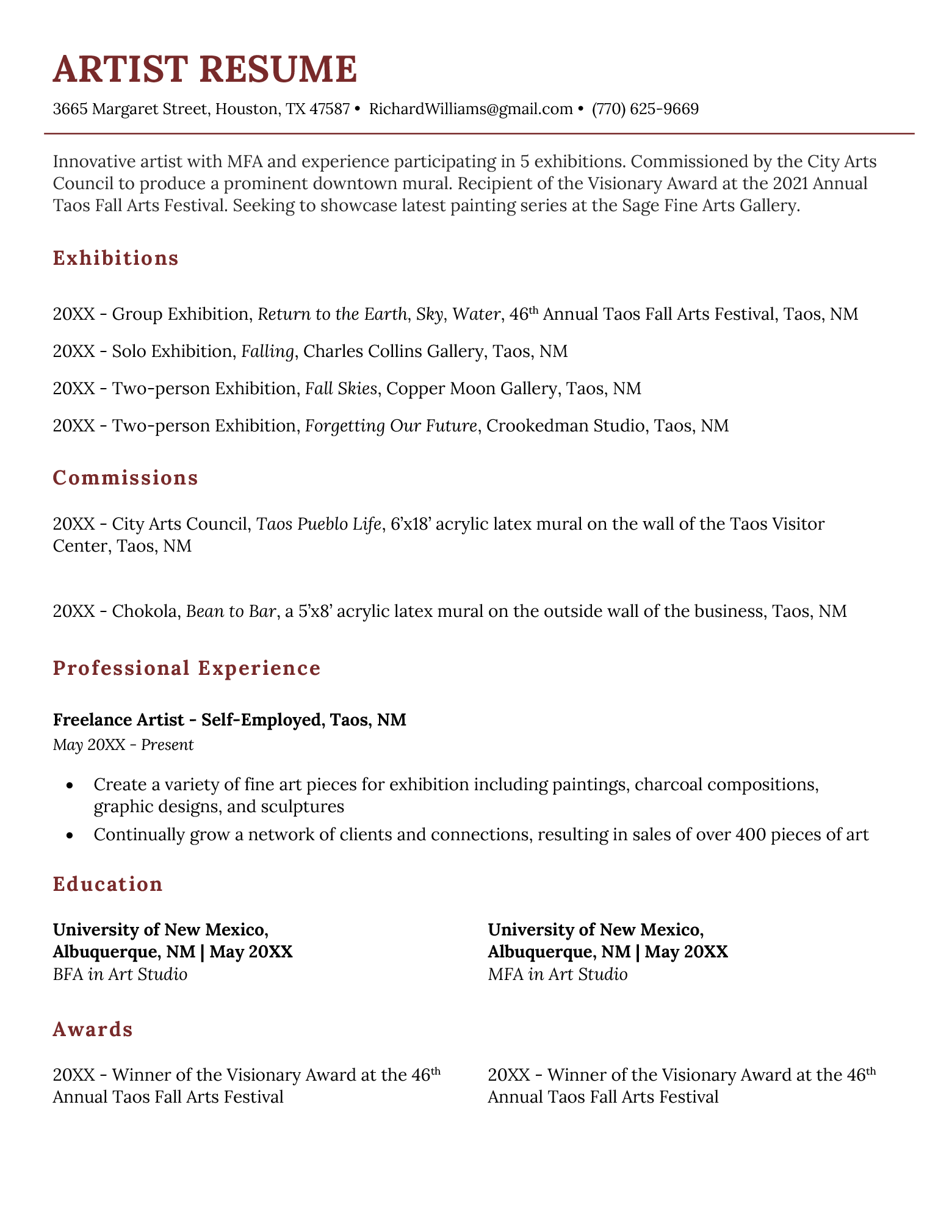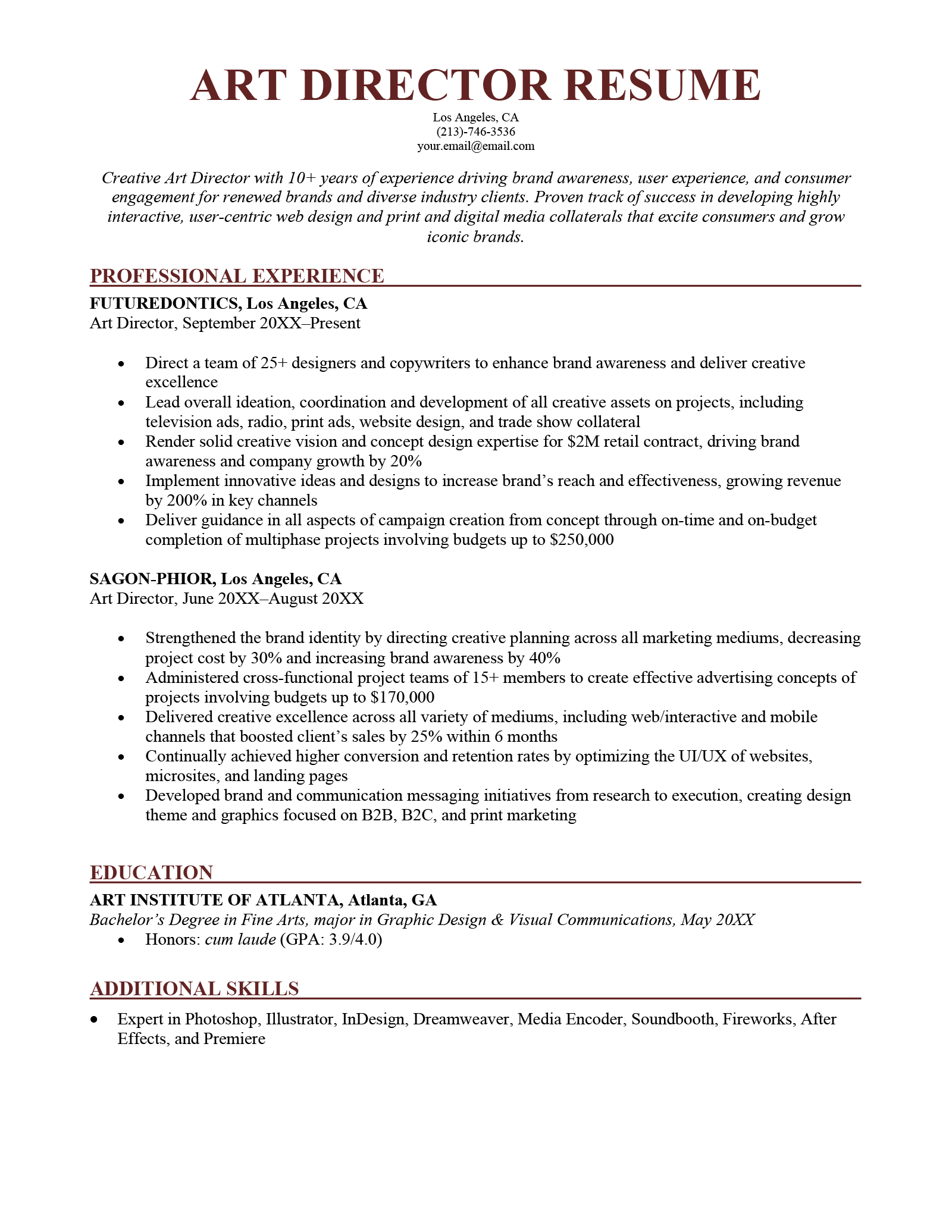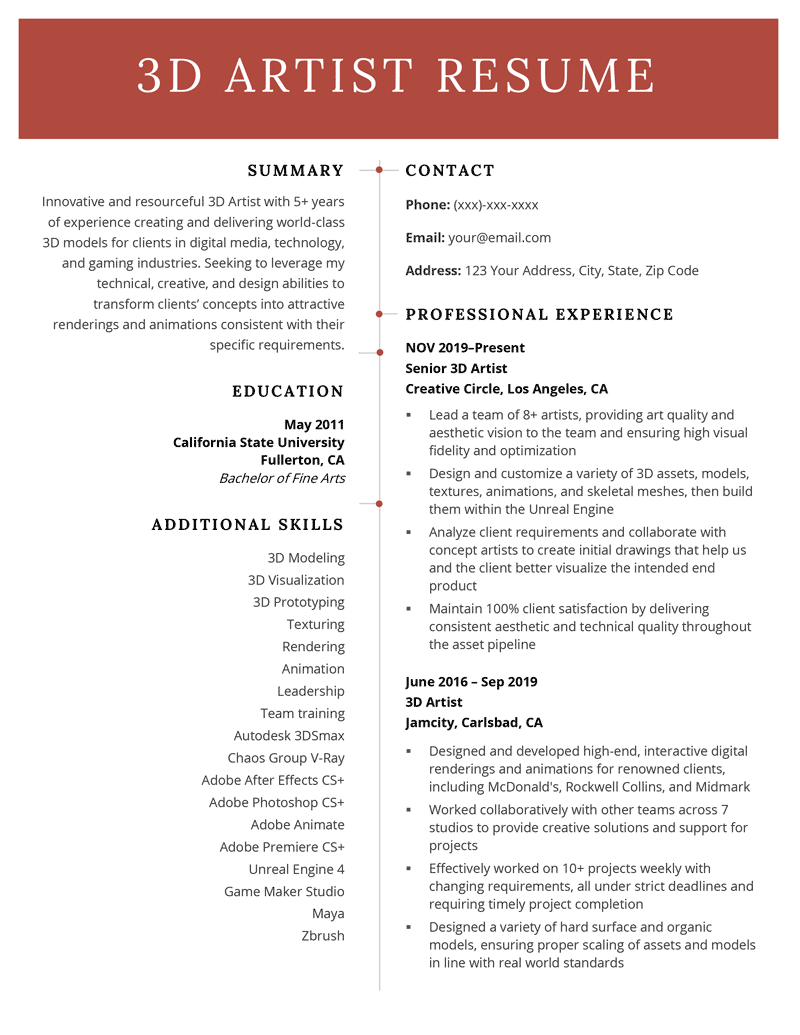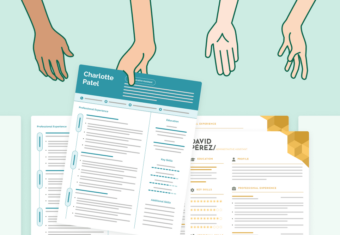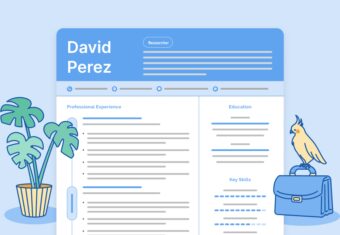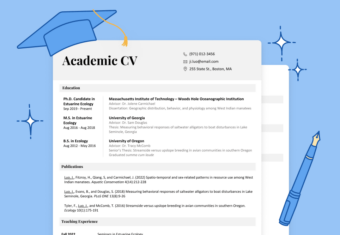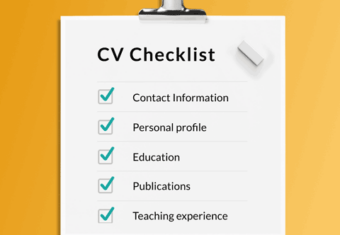Artist CV Template (Text Format)
FIRST AND LAST NAME
Email: your.email@email.com
Phone: (123) 456-7891
Address: Street, City, State
LinkedIn: linkedin.com/in/yourprofile
Address: Chicago, IL 60160
Phone: (312) 975-8803
Email: adalia.jones@gmail.com
LinkedIn: Linkedin.com/in/adalia.jones
Education
2013 MFA, Studio: Painting and Drawing, School of the Art Institute of Chicago, Chicago, IL
2010 BA, Studio Art, with distinction, University of Chicago, Chicago, IL
Professional Experience
2018-Present Adjunct Instructor, University of Chicago, Chicago, IL
2015-2017 Teaching Assistant, Studio Art, University of Chicago, Chicago, IL
2013-2015 Art Teacher, Orr Academy Highschool, Chicago, IL
2010-2011 Teacher’s Assistant, Art, Orr Academy Highschool, Chicago, IL
Awards, Grants & Fellowships
2021 Esteemed Artist Award, Chicago, IL
2020 3Arts Award Recipient, Chicago, IL
2009 UChicago Arts Student Summer Fellowship, Chicago, IL
Exhibitions
2021 Two-person Exhibition, Looking Forward, Lillstreet Art Center, Chicago, IL (catalogue)
Solo Exhibition, World on Fire, Gallery 400, Chicago, IL
2020 Solo Exhibition, Dreams From the Future, Field Museum, Chicago, IL


